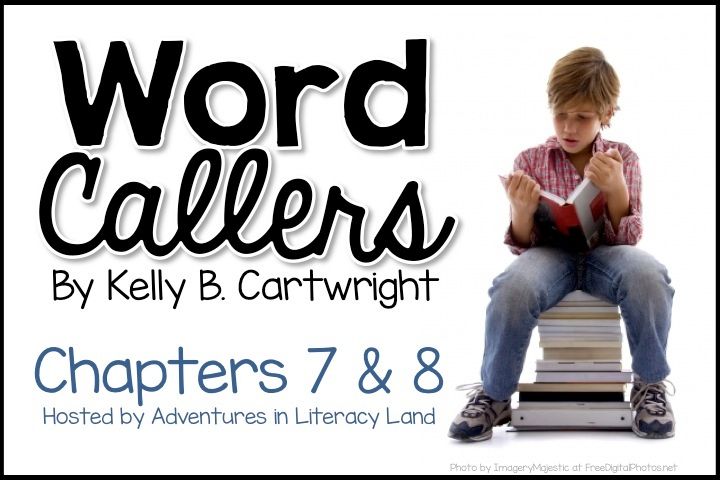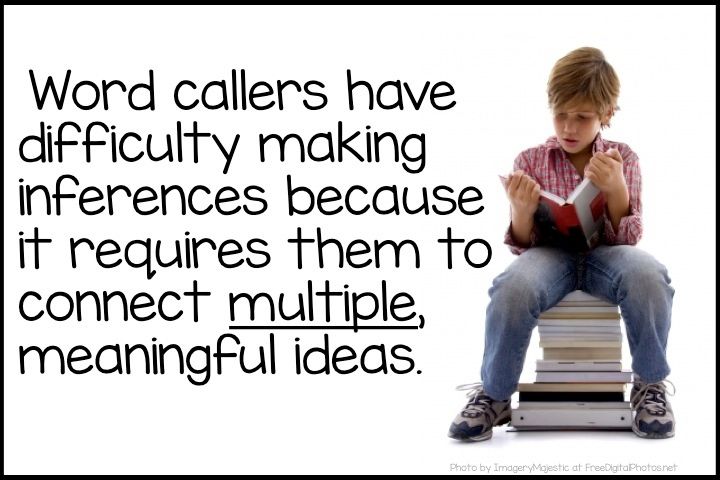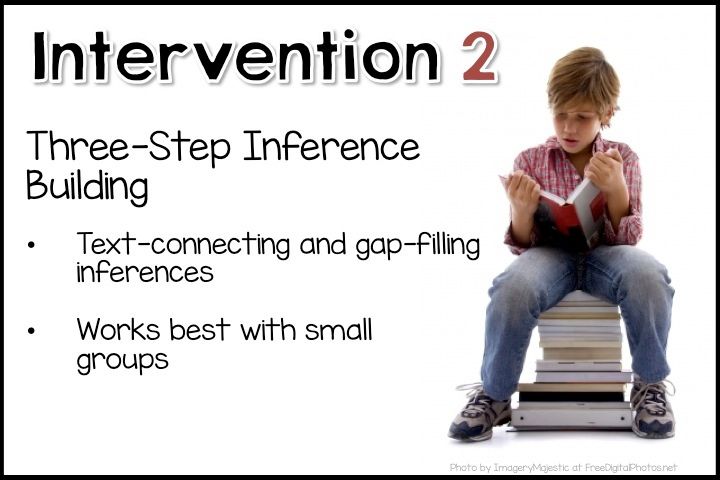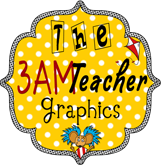I am super excited about the book I am sharing with you today! I bought it using my Kindle app, but I love it so much I am going to buy the hardback version for my daughter and students. (I LOVE being able to hold a book in my hand and read it!)
Also, it is perfect for the first ever NATIONAL NINJA DAY STORY TIME on December 5, 2015.
(my ninja name...get your own ninja name in the kit linked below)
There is a great, downloadable kit that includes name tags, a recommended reading list (my book is on the list), poster, and activities. You can follow the authors that are leading this event on Twitter @NinjasRead.From Amazon: A young ninja wants a snowball fight for Christmas, and he just might get his holiday wish in this picture book with graphic novel–inspired illustrations that celebrate the spirit of giving, Samurai style. It’s snowing on Christmas Eve! Yukio loves snowball fights, but none of the other ninjas will play with him for fear of landing on Santa’s naughty list. Can Yukio chase Santa away from Ninja Village or will a Samurai Santa thwart Yukio’s plan?
Watch a short book trailer from the author:
Making predictions is a strategy we teach our students as they learn to comprehend the text that they are reading. When proficient readers make predictions they are doing more than just guessing about what is going to happen in the story. They sharing their thoughts on the book using evidence from the the title, pictures (if any), blurb on the back, etc. to focus their reading and make connections with their background knowledge. It is one of the ways that readers get excited about the story before it has begun.
In Samurai Santa, I ask my students to look at the title, the cover, and the illustrations throughout the book to discuss their thoughts on the book. As we predict, we create a class chart that we will come back to after we have finished reading the book.
Another way I help my students establish a purpose for reading is to discuss questions that we might have about what is going to happen in the story. In Samurai Santa, I ask students to think about the following questions:
- What is Yukio's motivation in chasing Santa away?
- How does Yukio feel after the snowball fight? Why does he feel this way?
Want to involve a little art and writing? Have students write their own version of a popular winter/holiday story where the main characters are ninjas. Show your students this video on how to draw a ninja to help them illustrate their stories:
If you want to take it one step further, make this ninja story time an EVENT by using a little creativity.
- The Crafted Sparrow has a great post on how she created a ninja birthday party for her son. I loved the backdrop she created with the Kingthings Conundrum font, the lanterns, and the fabric. To create the same thing in the classroom, I would use red and black butcher/bulletin board paper. Using the font, I would cut out Ninja Story Time to hang in the middle of the paper. The black lanterns can be found on Amazon (brings up several different lanterns). Snap! has an easy to follow tutorial on how to create the red lanterns using poster board. Students can be sitting in groups with table cloth over their table (desks pushed together like a table) like at a restaurant. Each student will have a set of chopsticks (found these awesome ninja chopsticks on Amazon) and a take out box with a fortune cookie in it (50 boxes for $14.25 on Amazon).
- Take the Crafted Sparrow's idea for sushi to the next level by having students compare and contrast real sushi and dessert sushi after showing them how to create it. Have students write a dessert sushi how-to brochure in groups. They can brainstorm different types of treats that could be used to create the sushi beside rice crispy cereal. Then each group can choose from that list what will go in their sushi, create a how-to writing, and illustrate the brochure. As students are working, they can sample the sushi that you created (if that is allowed at your school).
- Give each student a fortune cookie. Have them break open the cookie and read their individual fortune to their group, so they have examples. Then have students write their own fortune. Pass the fortunes around the group to let the other help revise and edit. Then give each student a small piece of paper to write their fortune on. This would make a great bulletin board!
- Throw some math in the equation (haha) by printing a Chinese restaurant menu for each student, placing it on the table with the takeout box and chopsticks. Give students a set amount of money (can even use play money), have them figure out what they would order, how much it would be total (can ask them to include tax or not, depending on the grade level), and determine how much change they would receive back. This would be a great way to review adding, subtracting, and multiplying with decimals!
Before you leave, be sure to enter the giveaway. We are giving a copy of each book in our link up to one lucky person!!! All you need to do is collect the mystery words on each person's blog (hint: they will be in blue font). Here is a sheet to help you: Mystery Word Form. My mystery word is NINJA and I am part of the Upper Elementary Hop (check the linky below for the rest of my crew). If you want to get in on the Primary Hop, I suggest starting at Literacy Spark.















































